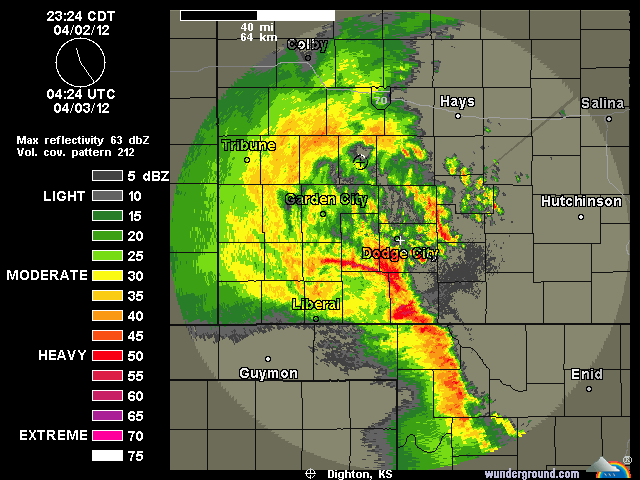In this area winter wheat, planted in September/October, then it goes into dormancy in the winter and breaks out of dormancy in the spring and has rapid growth about the time the hens are going to nest. This lush wheat is a primary nesting area in many locations. The wheat remains undisturbed until harvest in June/July, about the time that the hatch is off the nest.
Last year the extreme drought and extreme extended heat meant that there was little nesting cover in the winter wheat fields.
Here is a picture from last year.
Last year was a real disaster for the pheasants in SW Kansas. There were areas, such as mine that went eleven months without a rain and some areas about fifteen months.
This year I have no subsoil moisture, but surface moisture and the wheat is lush, but early hot temps has brought the wheat out of dormancy three weeks early and the wheat is growing like crazy. This early break out can cause a couple issues, 1) makes the wheat subject to late freeze damage since the wheat is jointed and the head above the ground and could suffer severe damage from the freeze; 2) moves harvest ahead and from the stand point of a nesting hens, the nest may be lost. Usually a bumper wheat crop equates to a bumper pheasant crop. This year could be different just because we don't have many hens available to raise a brood.
Like my dad said, "If it is not the hogs, it's the windmill". Basically meaning, the is always some thing that can go wrong on the farm. A wheat crop(and pheasant crop) can be 'lost' several times before harvest. Through it all, through the good and the bad is the thought that there will be a harvest. I go back the the parable of the seed and I know without the seed going in the ground and dying and becoming useless, there is no chance of a harvest.


